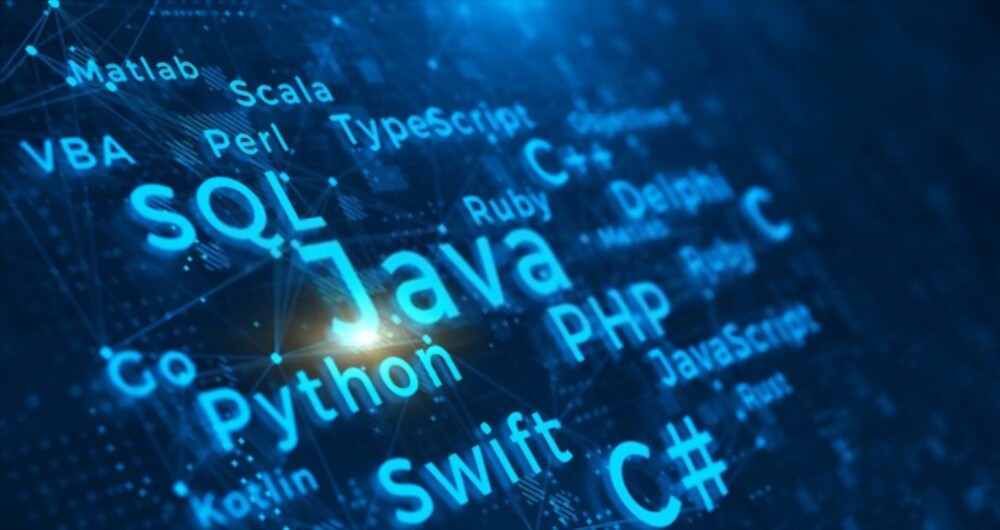Full-stack developers are in high demand in India due to the growing need for technology-driven solutions across all sectors. With the advancement of technology and the increase in the number of companies shifting their operations online, full-stack developers have become an essential asset for businesses. In this blog, we will take a closer look at the job market for full-stack developers in India.
The Job Market for Full Stack Developers in India
The job market for full-stack developers in India is thriving due to the increase in the number of companies seeking to digitalize their operations. With the pandemic forcing businesses to operate remotely, the demand for web-based solutions has skyrocketed. This has resulted in a high demand for full-stack developers who can create efficient and user-friendly web applications.
According to a report by Naukri.com, there has been a 20% increase in the number of full-stack developer job postings in the last year. Companies in industries such as e-commerce, finance, healthcare, and education are actively seeking full-stack developers to help them stay competitive in the market.
Salaries for Full Stack Developers in India
Full-stack developers are in high demand, which has led to an increase in salaries. The average salary for a full-stack developer in India ranges from Rs. 6,00,000 to Rs. 12,00,000 per annum. However, experienced full-stack developers can earn even higher salaries, with some earning over Rs. 20,00,000 per annum.
Skills Required for Full Stack Developers
Full-stack developers need to have a diverse range of skills to be successful in their job. Some of the essential skills required for full-stack developers include:
- Proficiency in programming languages such as HTML, CSS, JavaScript, and PHP.
- Knowledge of various development frameworks such as Angular, React, and Node.js.
- Familiarity with databases such as MySQL and MongoDB.
- Understanding of server-side technologies such as Apache and Nginx.
- Knowledge of software development tools such as Git, Jenkins, and JIRA.
Future of Full Stack Developers in India
The future of full-stack developers in India looks promising. As companies continue to shift their operations online, the demand for web-based solutions will only increase. This will result in a higher demand for full-stack developers who can create efficient and user-friendly web applications.
Additionally, with the advancement of technology, full-stack developers will need to keep up with new developments and learn new skills to remain relevant. This will create opportunities for full-stack developers to enhance their skills and take on more challenging roles.
Joining the FSD Program at UniKaksha
UniKaksha is a premier institute in India that offers a Full Stack Development program to individuals who are interested in pursuing a career in this field. The program is designed to provide students with a comprehensive understanding of Full Stack Development and the skills required to become a proficient Full Stack Developer. The program is divided into different modules, each of which covers a specific aspect of Full Stack Development. These modules include HTML, CSS, JavaScript, Node.js, MongoDB, and React.js, among others.
The FSD program at UniKaksha is taught by industry experts who have years of experience in Full Stack Development. The program is designed to provide students with a hands-on learning experience, where they get to work on real-world projects and gain practical knowledge. The institute also provides students with career guidance and job placement assistance. Additionally, students who successfully complete the FSD program at UniKaksha are awarded a certificate that is recognized by leading organizations in the industry.
Conclusion
The job market for Full Stack Developers in India is booming, and it is the right time to pursue a career in this field. Joining the FSD program at UniKaksha can help you become a proficient Full Stack Developer and equip you with the skills required to succeed in this field. With the demand for Full Stack Developers on the rise, you can be assured of a promising career in this field. So, take the first step towards becoming a Full Stack Developer today by joining the FSD program at UniKaksha
About the Author
Sonali is an accomplished Author, Content Writer, Copywriter, and Ghostwriter, known for her ability to create engaging and captivating communications. With over 11 years of experience, she has developed a diverse industry background in Education, Travel, Retail, Events, and Fashion . Quality over quantity is what she firmly believes in. At UniKakhsa, she leads a team of talented technical writers, dedicated to delivering valuable content to readers through our blogs.



